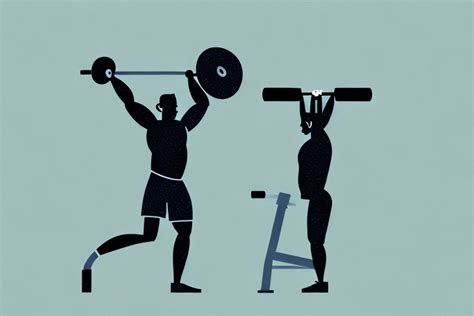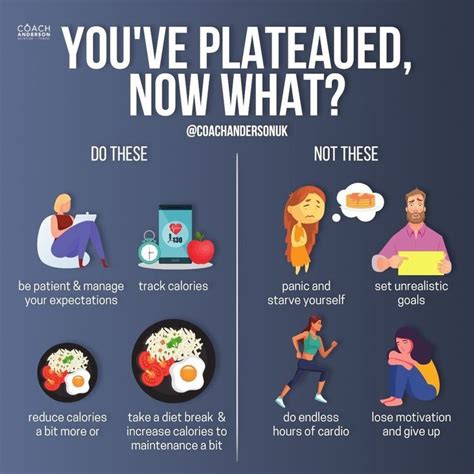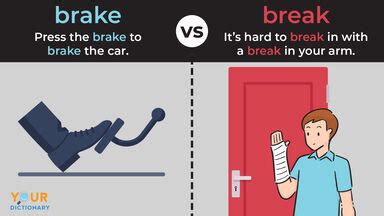What workout split maximizes lean mass & strength for peak male performance?
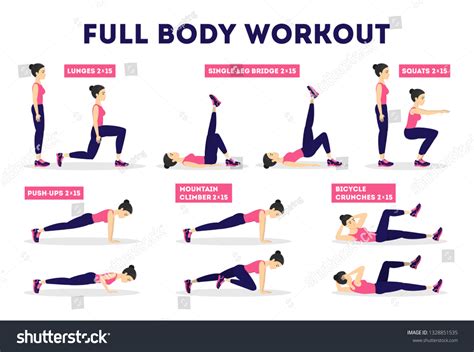
For men striving to achieve peak physical performance, which encompasses significant lean mass gains and impressive strength, the choice of a workout split is paramount. A well-designed split optimizes training frequency, volume, and recovery, creating the ideal environment for muscle hypertrophy and strength adaptation. But with numerous options available, how do you determine the best path to your performance zenith?
Understanding Workout Splits: The Foundation of Progress
A workout split refers to how you divide your training days to hit different muscle groups. Each split has unique benefits and drawbacks depending on your goals, training experience, and recovery capacity. Let’s explore the most common options.
The Full-Body Workout
In a full-body split, you train all major muscle groups in each session, typically 2-3 times per week. This approach allows for high frequency for each muscle group, which is excellent for stimulating protein synthesis often. It’s particularly effective for beginners to build a foundational level of strength and muscle, and for intermediates looking for efficient training with ample recovery between sessions.
Upper/Lower Split
This split divides your body into two distinct training days: an upper-body day and a lower-body day. You might train 4 times a week (e.g., Upper, Lower, Rest, Upper, Lower, Rest, Rest), hitting each muscle group twice weekly. The Upper/Lower split offers a good balance of frequency and volume, allowing for more specific work on each area compared to a full-body routine, making it a strong contender for both mass and strength.

Push/Pull/Legs (PPL) Split
The PPL split organizes your training based on movement patterns: Push (chest, shoulders, triceps), Pull (back, biceps), and Legs (quads, hamstrings, glutes, calves). This can be run 3 times a week (one cycle) or 6 times a week (two cycles), hitting each muscle group twice weekly at high frequency. PPL allows for significant volume per muscle group per session, making it highly effective for hypertrophy and strength gains for intermediate to advanced lifters, provided recovery is managed well.
Body Part (Bro) Split
Often seen as the traditional bodybuilding split, the body part split dedicates an entire workout to one or two muscle groups (e.g., Chest day, Back day, Leg day, Shoulder day, Arm day). This usually means training each muscle group only once per week. While it allows for very high volume per muscle group in a single session, the low frequency can be a limiting factor for optimal protein synthesis and strength adaptation, especially for natural lifters.
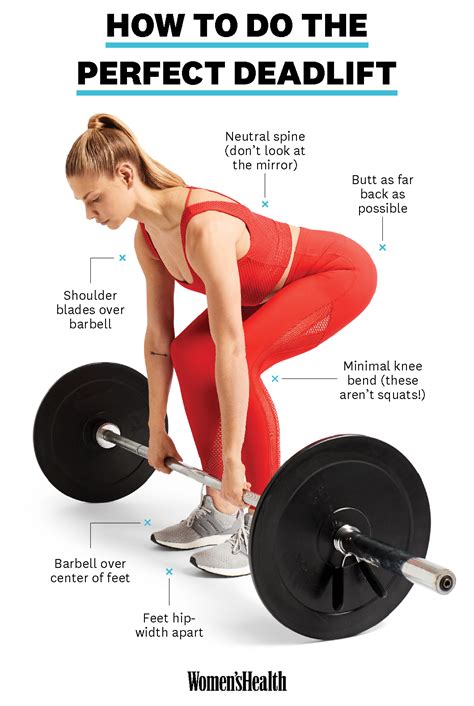
Factors for Maximizing Lean Mass & Strength
Beyond the split itself, several critical factors dictate your success in building lean mass and strength.
Training Frequency and Volume
Research suggests that training a muscle group at least twice a week is generally superior for hypertrophy and strength compared to once a week. This maintains elevated protein synthesis for longer periods. Volume (sets x reps) must be adequate to stimulate growth but not so excessive as to hinder recovery.
Progressive Overload
The fundamental principle for continued progress. To get bigger and stronger, you must consistently challenge your muscles more than they’re accustomed to. This can be achieved by increasing weight, reps, sets, decreasing rest times, or improving exercise form.
Intensity and Recovery
Training with sufficient intensity (i.e., close to failure) is crucial. However, this must be balanced with adequate recovery, including proper nutrition, sleep, and managing overall stress. Overtraining can quickly derail progress.

Which Split Reigns Supreme for Peak Male Performance?
Considering the science and practical application, the optimal split depends on your training experience and ability to recover.
For Beginners/Intermediates: High Frequency is King
For those new to lifting or with a few years under their belt, splits that offer higher frequency per muscle group tend to be most effective. The **Full-Body split** (2-3x/week) and the **Upper/Lower split** (4x/week) are excellent choices. They allow for frequent practice of fundamental movements, robust strength gains, and consistent muscle stimulation without excessive single-session fatigue.
For Advanced Lifters: PPL or Specialized Programs
As you become more advanced, the volume needed to stimulate growth increases. The **Push/Pull/Legs (PPL) split**, especially when run 6 times a week, allows for significant volume and high frequency, making it incredibly effective for experienced lifters aiming for maximal mass and strength. Some advanced lifters may also benefit from a customized 5-day split that still hits muscle groups twice weekly (e.g., a variation of an Upper/Lower or PPL with an added ‘arms/shoulders’ or ‘weak points’ day).

Beyond the Split: Consistency and Personalization
While the workout split is a critical framework, it’s just one piece of the puzzle. Consistency, proper nutrition (adequate protein and calories), sufficient sleep (7-9 hours), and stress management are equally vital for peak performance. Furthermore, listen to your body. No single split is perfect for everyone indefinitely. As your body adapts, you may need to adjust your split, volume, or exercise selection to continue progressing. The best split is the one you can adhere to consistently, that allows for progressive overload, and supports your recovery.

Conclusion
For maximizing lean mass and strength for peak male performance, workout splits that allow for a muscle group to be trained at least twice per week generally outperform once-a-week approaches. The Full-Body and Upper/Lower splits are excellent starting points for beginners and intermediates, while the Push/Pull/Legs (PPL) split shines for more advanced lifters seeking higher volume and frequency. Ultimately, the chosen split must be complemented by relentless progressive overload, optimal recovery, and unwavering consistency to unlock your true potential.







